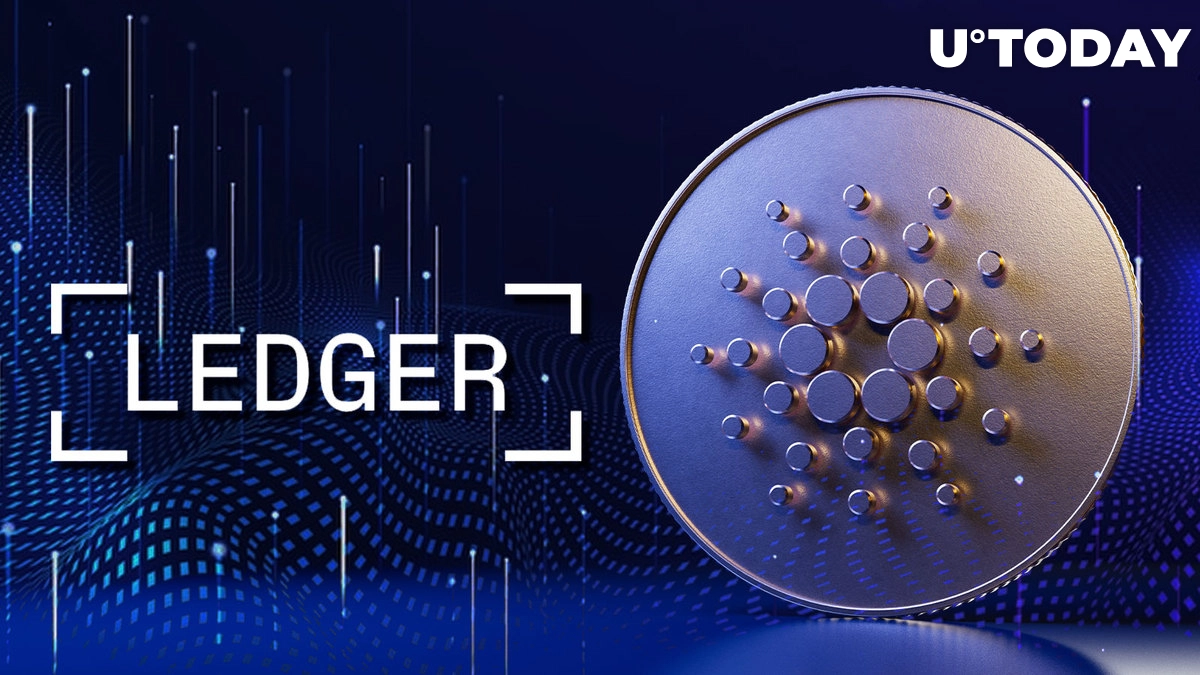
Top exchanges have indicated support, as well as several dApps
The Vasil upgrade, which significantly improves and enhances Cardano’s capabilities, is now a little less than 24 hours away from deployment. Top exchanges have indicated support, as well as a number of dApps. LedgerThe cryptocurrency hardware wallet provider, has indicated readiness for the Vasil upgrade, scheduled for September 22.
Ledger has always expressed support for the Cardano blockchain, so its indication of Vasil’s readiness comes as no surprise. In July, Ledger Live announced support for 100 more Cardano-based tokens. In June, Cardano made its way to Ledger Live, thus enabling users to send, receive, buy and manage ADA directly with Ledger Live. The release of the smart contract-compatible Cardano app version 4.0.0 for Ledger wallets was also announced in April.
In addition, Cardano (ADA) account holders are also supported on iOS and Android mobile phones.
Vasil is now 24 hours away
Coincidentally, Vasil arrives in the month of Cardano’s fifth anniversary and Alonzo’s first anniversary. As stated above, Vasil is expected to launch on Sept. 22, while the new Vasil capabilities are expected to be available exactly one epoch after the hard fork, on Sept. 27.
Vasil expects to bring a number of improvements, including Plutus script enhancements, collateral change addresses and spread pipelining.
Plutus Core is a scripting language used in the Cardano ledger. Vasil introduces a new version of Plutus Core (Plutus V2), a tuned Plutus interpreter, and new cost models for both Plutus V1 and Plutus V2 scripts.
The purpose of dissemination pipelining is to improve block propagation times and enable higher throughput. This will ensure that the block can be shared with at least 95% of peers within seconds of creation.
“Collateral” is the number of funds charged for phase two script validation. With the Vasil upgrade, developers will be able to create a separate address to receive the change that would result in a case of phase two transaction validation failure.


















